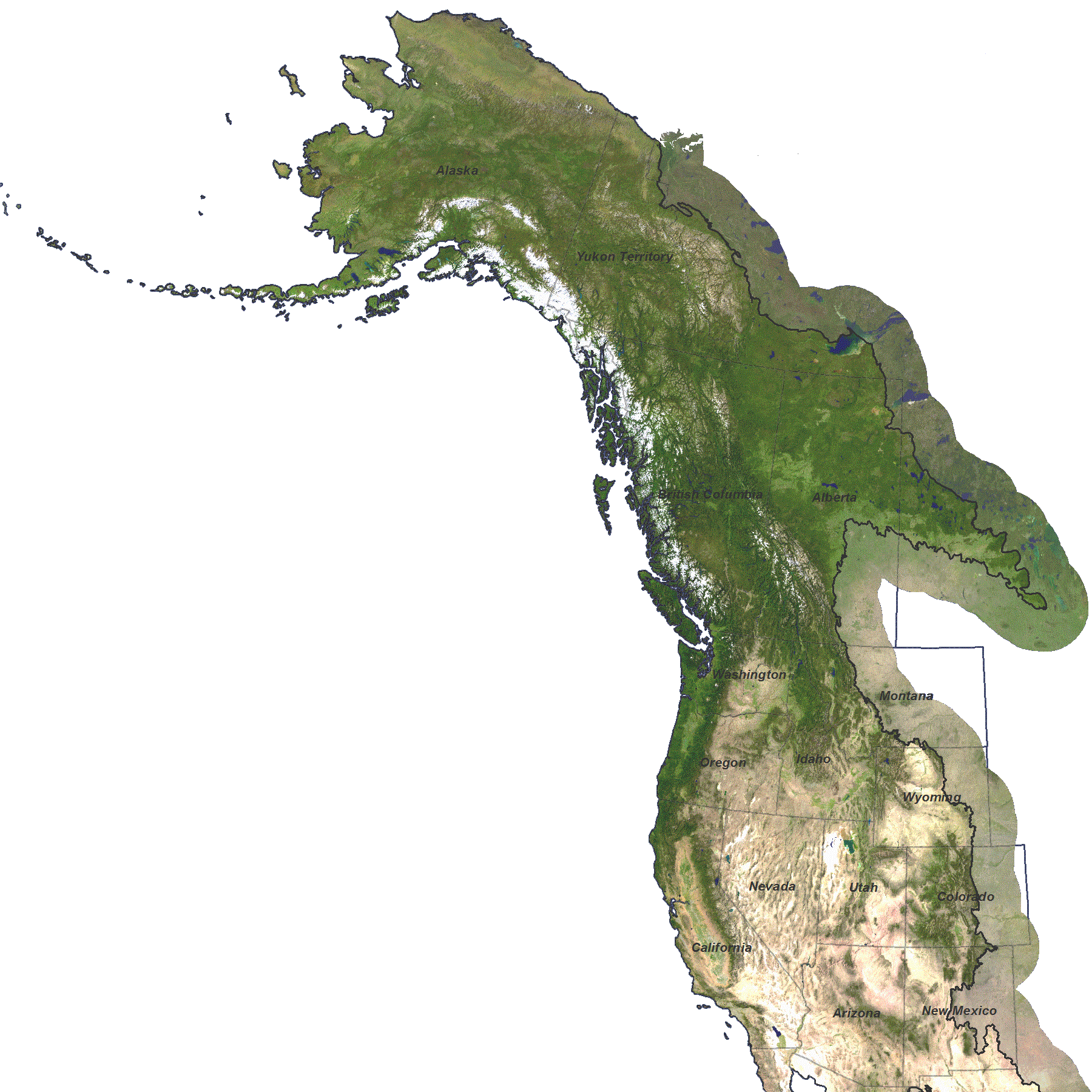Best practices for enduring conservation
From the fall of 2017 through the spring of 2018, I took a retrospective look at the Hewlett Foundation’s Western Conservation Program over the previous 5 years (2013-2018). A central aim was to learn from the big successes, reflect on challenges and obstacles faced, consider what might have been done differently or opportunities that were missed.
In total, more than 220 people provided input to the retrospective through a detailed online grantee survey, conference calls and in-person convenings about individual campaigns, one-on-one interviews, and detailed outcome tracking, all of which was complemented by research.
The resulting 20 best practices for enduring conservation are grouped into five categories that describe the approach (A), how (B, C, and D) and what (E). A summary of these best practices is below, and a link to the report follows.
A. Take a holistic approach. Design solutions that address both human and natural landscape needs. Find common ground with users of land and water (e.g., indigenous nations and ranchers). Preserve working lands in collaboration with ranchers and farmers.
B. Build strong coalitions and trusted relationships. Develop inclusive grass-roots campaigns with diverse participants across many dimensions (including livelihoods, ethnicity, gender, and age). Work locally, with locals. Build long-term, trusted relationships with local policymakers. Create strong, nimble coalitions. Form durable relationships with tribal governments. Show up for your allies.
C. Expand grantee capacity and tactics. Foster capacity to preserve the underlying bedrock legal frameworks and forums/venues that bring people to the table. Support perennial coalitions (a “standing army”) and new and emerging leaders of coalitions so they are ready when opportunities or threats present themselves. Commit to the long game.
D. Prioritize communications and storytelling. Exercise persuasive communications and be ready to shift the narrative when needed. Raise the profile of and use economic and fact-based arguments. Cultivate social media expertise, data analysis, mapping and other critical skills that enable more effective communications. Advocates should partner with influential voices. Create the message, narrative, and communications approach with partners and share it.
E. Pursue local conservation outcomes. Pursue long-term protections through local land planning efforts. Start small with early-adopters or visionary locales and build from there. Focus on implementation, not just the win.
For more information, please see the report Best Practices for Enduring Conservation, including a summary of a Five-Year Retrospective Retrospective Report (2013-2018) of the Hewlett Foundation’s Western Conservation Grantmaking Strategy.


